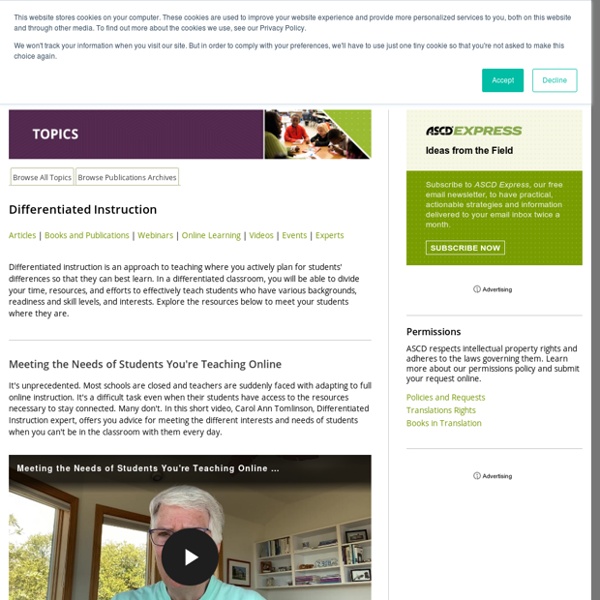



Technology in the Classroom: Helpful or Harmful? Kids gravitate towards technology—if your child heads straight for the video games or Facebook after school, you know what we’re talking about. With a world of information at their fingertips nowadays, it seems like kids should be finding it easier than ever to succeed in school. However, as more classrooms invest in the latest technology, test scores remain the same, bringing its effectiveness into question. Technology and Teaching “Incorporating technology into the classroom requires a double innovation,” says Shelley Pasnik, director of the Center for Education and Technology, Educators who receive new technology must first learn how to use the equipment and then decide whether or not it supports the class objectives and curriculum. For example, an instructor may restructure a lecture into a group activity, having students conduct online research to boost their understanding. Technology also makes it easier to spend more overall time on learning. Maximizing Your Child’s Tech Time
Differentiated Instruction Teaching Resources What is DI? Differentiation Central Students come to our classrooms with unique differences as people and therefore as learners. Our students have varied degrees of background knowledge and readiness to learn, different life experiences, cultural orientations, languages, interests, and preferences for how they learn best, and different feelings about themselves as learners and about school. Just as medical doctors don't prescribe the same medications for every one of their patients, teachers who differentiate instruction are mindful of the varied learning needs of their students and plan instruction accordingly. Differentiated instruction is both a philosophy and a way of teaching that respects the different learning needs of students and expects all students to experience success as learners. The Differentiated Instruction Model is based on effective educational practice (research base for DI) and is framed around several key elements: High-Quality Curriculum High-quality curriculum means planning with the end in mind.
Quiz: How Millennial Are You? Universal Design for Learning (UDL) | Special Education Universal Design for Learning is a framework that provides educators with a structure to develop their instruction to meet the wide range of diversity among all learners. UDL is a research-based framework that suggests that a one-size-fits-all approach to curricula is not effective. UDL was inspired by universal design in architecture, where design features intended for individuals with disabilities have had unexpected benefits for the general population (e.g. curb cut outs designed for wheelchair access have benefits for strollers, rolling luggage, skateboarders, etc.) A concise definition of Universal Design for Learning was provided by the Higher Education Opportunity Act of 2008 (HEOA) The term UNIVERSAL DESIGN FOR LEARNING means a scientifically valid framework for guiding educational practice that: Three Principles of Universal Design for Learning Questions about Universal Design for Learning Is UDL just for students with disabilities? Universal Design for Learning Examples
Digital Natives, Digital Immigrants Summary | researchreportsedu Prensky states that the students in our classrooms are much more different than the people who are in front of the classroom teaching in terms of how they learn and the ways in which they are able to take in information. He gave the two different groups of people different titles; digital immigrants, and digital natives. Immigrants being those people who were not born in a time when technology was not readily available to use at all times and have had to learn over time how to use it. As compared to now, when the use of technology is readily available to the children born, the natives. Another main point that Prensky makes is that there needs to be a switch in the way in which educators teach because students are losing out due to the “old fashioned” methods of teaching which are still being used today. One final point that Prensky makes is that digital immigrant teachers are able to reach digital native students with some work and effort. Prensky, M. (2001). Like this: Like Loading...
Universal Design for Learning Your browser does not support JavaScript! This site uses JavaScript but is fully functional without it. Specific Disabilities Universal Design for Learning (UDL) was inspired by universal design in architecture, a movement to design structures with all potential users in mind and incorporate access features such as ramps and elevators before building (Connell et al., 1997). Beyond providing access for individuals with disabilities, these features had unexpected benefits for the general population, providing more widespread usability. provides flexibility in the ways information is presented, in the ways students respond or demonstrate knowledge and skills, and in the ways students are engaged; and reduces barriers in instruction, provides appropriate accommodations, supports, and challenges, and maintains high achievement expectations for all students, including students with disabilities and students who are limited English proficient. Resources Outside Resources Top of Page
Siobhan Ciocca